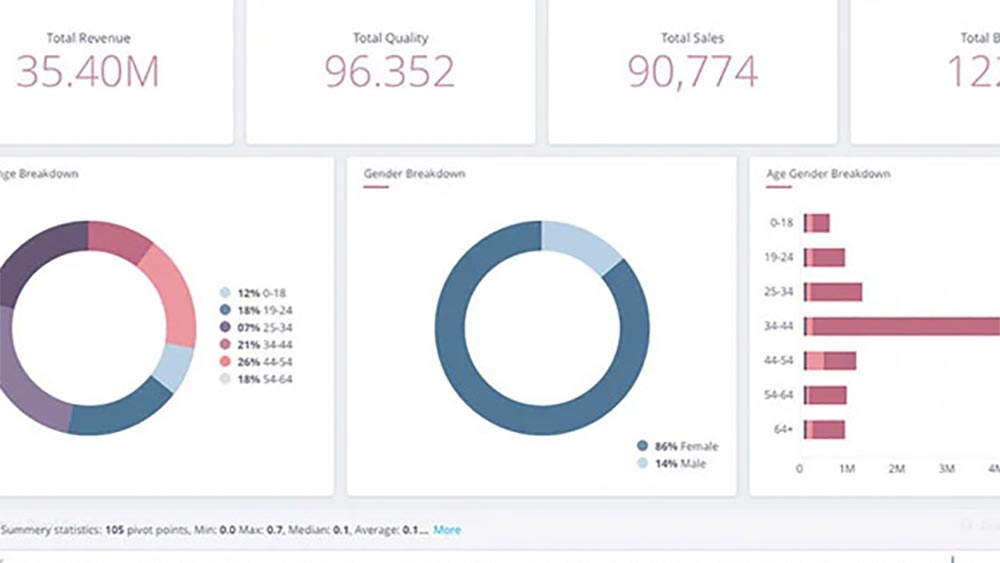- April 1, 2024
Ashutosh Ranjan
Introduction
Large language models (LLMs) stand to redefine enterprise AI with GPT, Bard, Gemini, and Llama 2 generating human-like text and catering to knowledge management applications. Their ability to understand, generate, and manipulate human language with remarkable fluency and coherence has garnered widespread attention and adoption across industries. Today, LLMs are extensively being used to generate text using a descriptive prompt, generate and complete code, summarize text, and translate between languages. Impressively enough, LLMs are also useful in text-to-speech and speech-to-text applications.
A key feature of these language models is that they are multilingual. They can answer in a language different from that of the user. An LLM-powered interactive knowledge repository is well-equipped to provide a natural language interface capable of organizing, retrieving, and contributing knowledge. This blog will explore the scope of LLMs in creating an intelligent knowledge base.
6-step approach: Build an LLM-powered interactive knowledge repository
1. Store knowledge in a vector database Let’s start by storing the knowledge repository content in a vector database. Before the text content is fed into the language model as input, any text present in different formats/files is extracted first. The text can be then converted to a numerical vector representation with the help of an embedding model. These vectors, indexed in a vector database along with some metadata, mapping users back to the original content enable rapid data retrieval based on vector similarity.
2. User interaction with the knowledge repository
Now is the time for user interaction. Users can interact with conversational interface of the knowledge repository such as a chatbot by asking a question in natural language. While there are no limitations or restricted formats for the questions, the system needs to be equipped to handle any natural language question. Next step involves processing of the natural language user query to acquire the relevant knowledge.
3. Embedding model
The next step is to pass on the entire text of user’s query as input to an embedding model, which will generate a numeric vector. The output is a dense numerical vector featuring the full semantic content of the user’s question, which is then optimized to compare similarities with other encoded text vectors within a vector database.
4. Retrieve similar vectors
In this step, the vector generated by the embedding model is utilized to retrieve sought knowledge from the database. The top vector matches for the question vector are retrieved from the database index, allowing access to the most relevant content. Similar vectors indicate semantic connections between the query and available knowledge. Hence, stronger the semantic connections, more relevant is the content.
5. Generate response
Now, the relevant knowledge acquired in step 4 is leveraged to generate a natural language response. The most relevant vectors identify the key pieces of content from the knowledge repository that answers user’s query the best. After this content is passed to a language model, it is analysed there to produce a natural language response. LLM identifies the key concepts from the retrieved content, synthesizes and condenses data, and ensures context to user query. It produces a readable, and conversational response.
6. Show response
Finally, in the last step, the conversational interface showcases the LLM-generated natural language response displaying it to the user. This concludes the query loop. Users can provide feedback, and ask follow-up questions or reopen queries, thus delivering an interactive experience.
Consolidating the future of knowledge management with LLM
We have rolled out three variants of this product –
- First one uses the Ada embedding model and GPT-4 from OpenAI with the global data security commitment from OpenAI. This one is the lightest of all as all the compute is transferred to OpenAI APIs.
- Second one uses the open source embedding models and doesn’t send your data to the internet. It only uses GPT-4 to generate the final answers from embedding chunks. It only sends relevant small embedding chunks to GPT-4 API as required. This variant needs medium compute for creating embeddings.
- Third variant is the most secured one where neither your data nor your embedding chunks goes out of your network. This uses all the computation without sending a word to the internet. This model needs a small GPU to execute LLM.
















